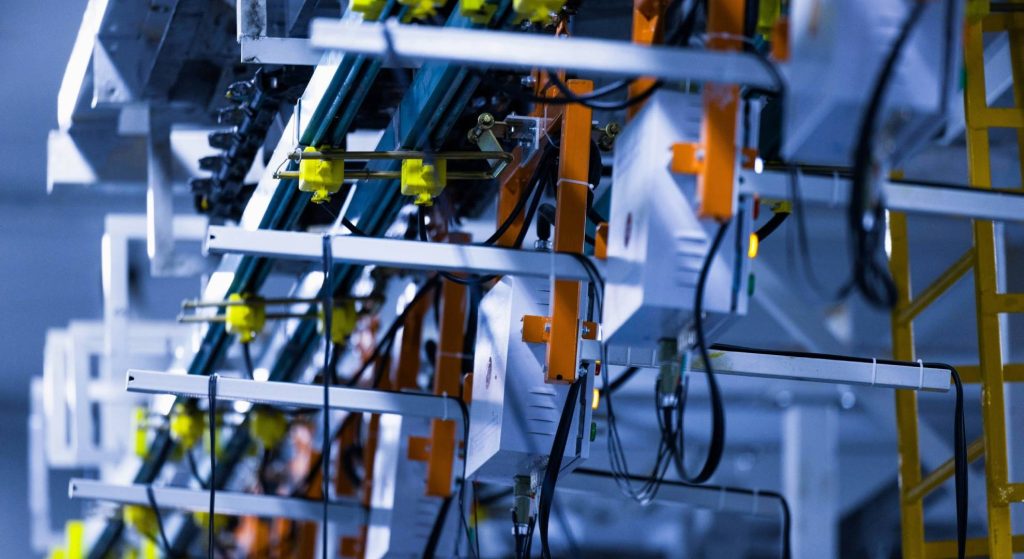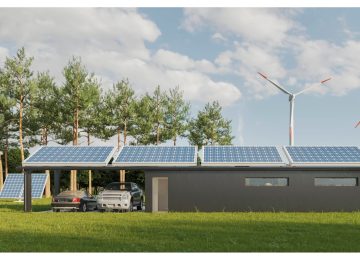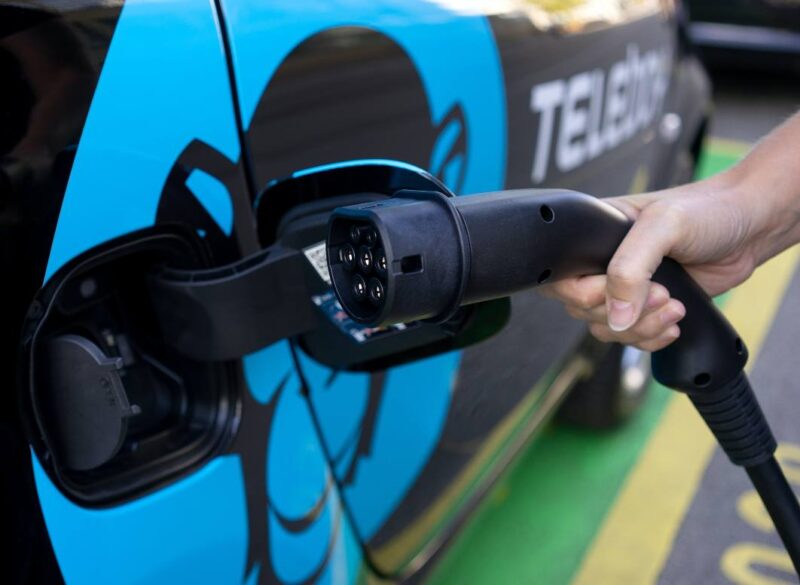India has increased its battery storage target to 13,200 MWh under the Viability Gap Funding (VGF) scheme, boosted by falling costs, making projects more financially viable.
The Standing Committee on Energy said that they plan to increase battery storage capacity within the same budget due to the decrease in BESS costs.
According to the Standing Committee on Energy’s report, the revision coincides with falling storage costs. Translated, this means that a higher capacity can be supported with the same budget of ₹3,760 crore without additional funding.
As per the report, the plan offers capital subsidies in five instalments: 10% at financial closure, 45% at commissioning, and 15% yearly for three years after commissioning. It is approved for three years, from 2023–2024 to 2025–2026. By June 2025, all contracts should be finalized, and it will take 18 to 24 months for implementation to follow.
The 13,200 MWh capacity is being distributed across three categories:
1. Market component: 2,200 MWh with a VGF of ₹46 lakh/MWh for Tranche-I and ₹27 lakh/MWh for Tranche-II are allotted to NTPC Vidyut Vyapar Nigam (NVVN) and Solar Energy Corporation of India (SECI).
2. State component: 6,000 MWh assigned to Rajasthan, Tamil Nadu, Karnataka, Gujarat, Maharashtra, Telangana, Bihar, and Kerala, with a VGF support of ₹27 lakh/MWh.
3. CPSU component: The NVVN, NHPC, and SJVN have been allocated 5,000 MWh of power using the same VGF structure as the state projects.
The progress so far:
The selection of bidders for the first 500 MW/1,000 MWh BESS capacity was completed in October 2024, and NVVN signed Battery Energy Storage Purchase Agreements (BESPA) in December 2024.
Letters of Award (LoAs) have been issued for 2,500 MW capacity in Gujarat, Maharashtra, and Rajasthan under the state component.
The Ministry of Power informed the committee that all contracts are expected to be awarded by June 2025, with construction and commissioning expected to take 18-24 months.
Advantage:
The endeavor supports India’s aim to achieve 500 GW of renewable energy by 2030, addressing intermittency issues in solar and wind power, enhancing grid stability, and accelerating the transition to clean energy.
The VGF scheme, aimed at bridging project costs and revenues, is expected to attract significant investments in battery storage, aligning with India’s 2030 renewable energy goal.
The initiative was created because large-scale energy storage projects are now more financially feasible due to the declining cost of battery storage technologies.
Our take:
Advancements in technology and economies of scale have reduced battery storage costs, reversing targets and enhancing the feasibility of large-scale energy storage projects in India.
The government’s increased target emphasizes renewable energy integration, energy security, and the growing significance of energy storage for a sustainable and resilient energy future in India.












